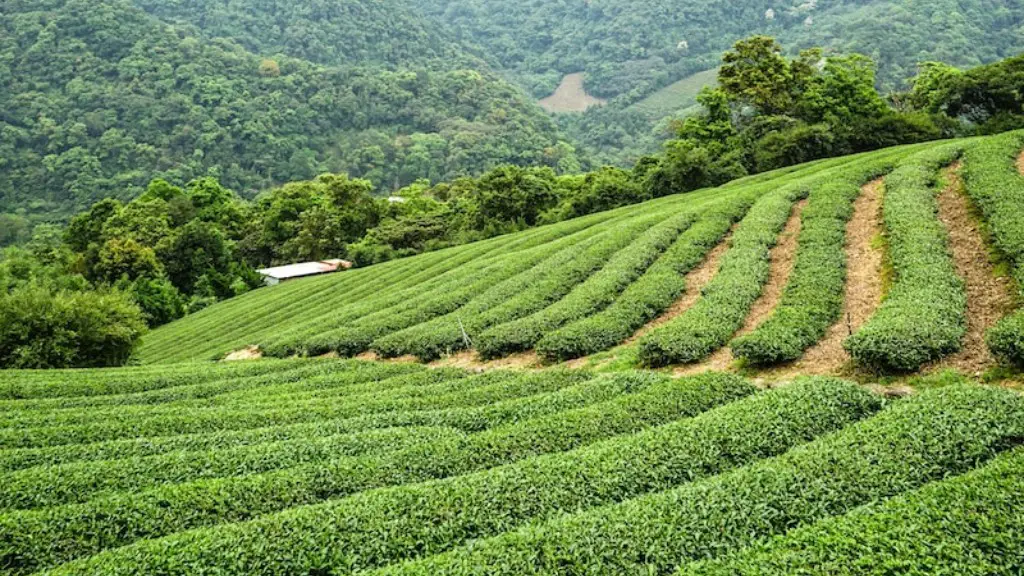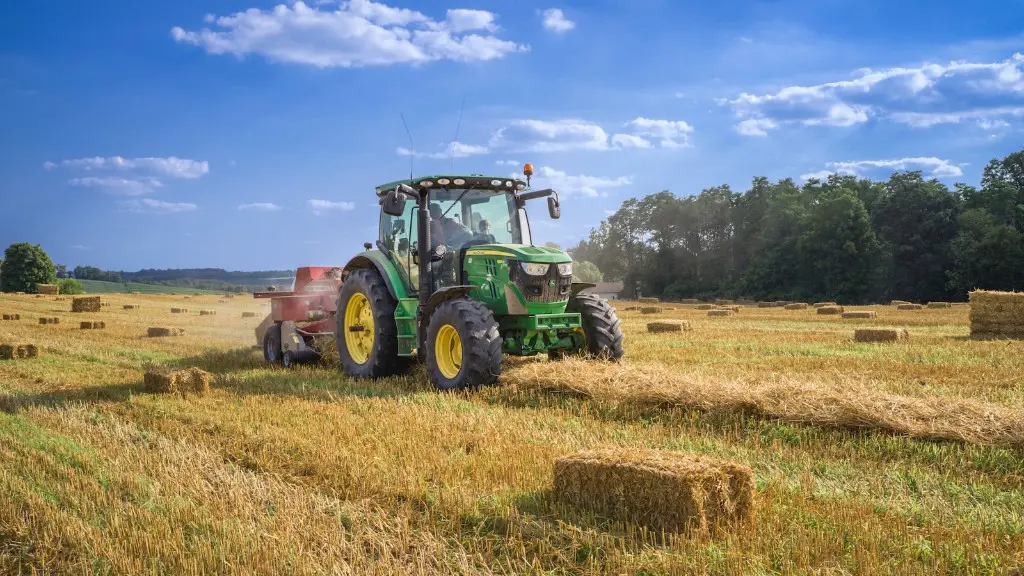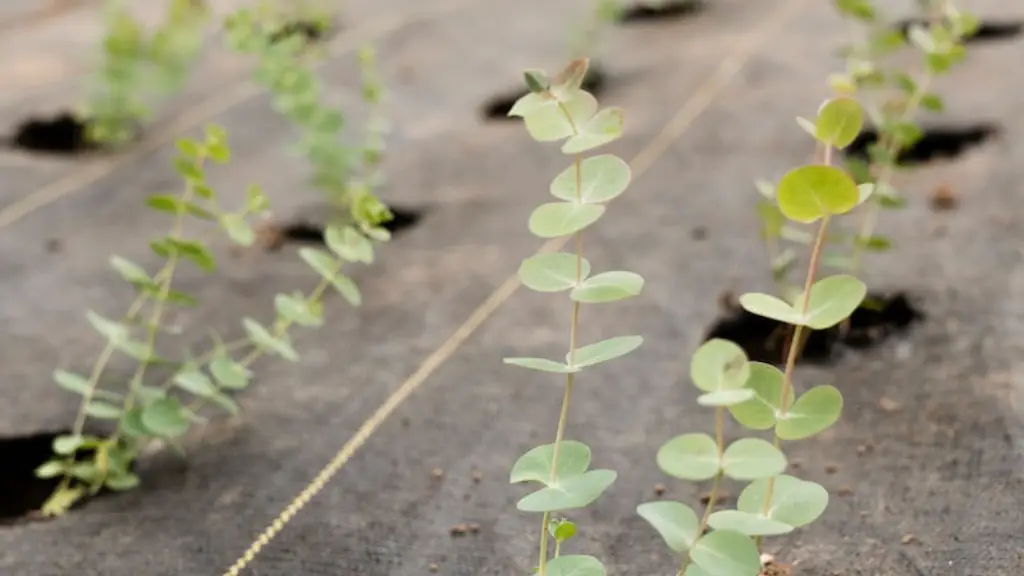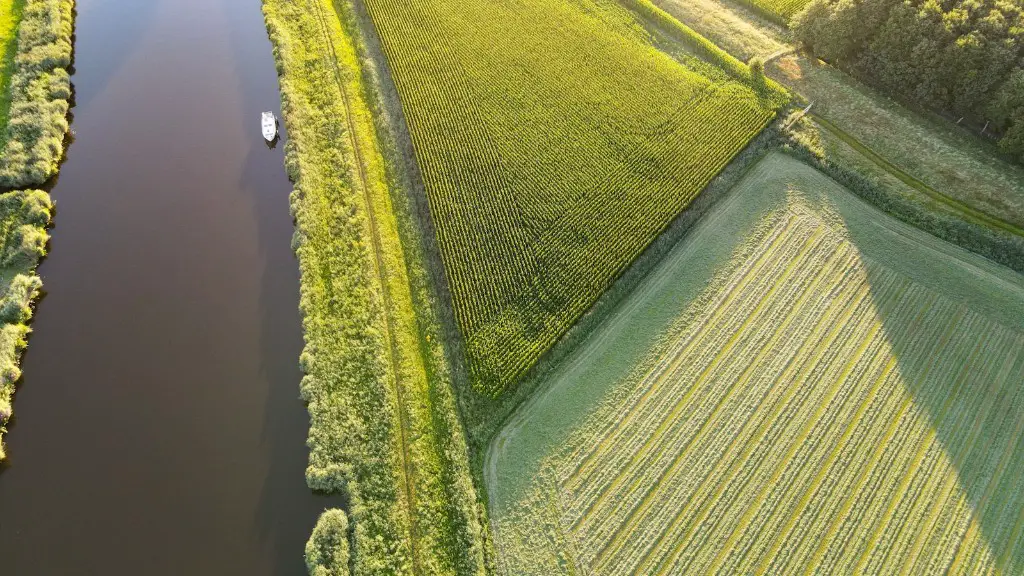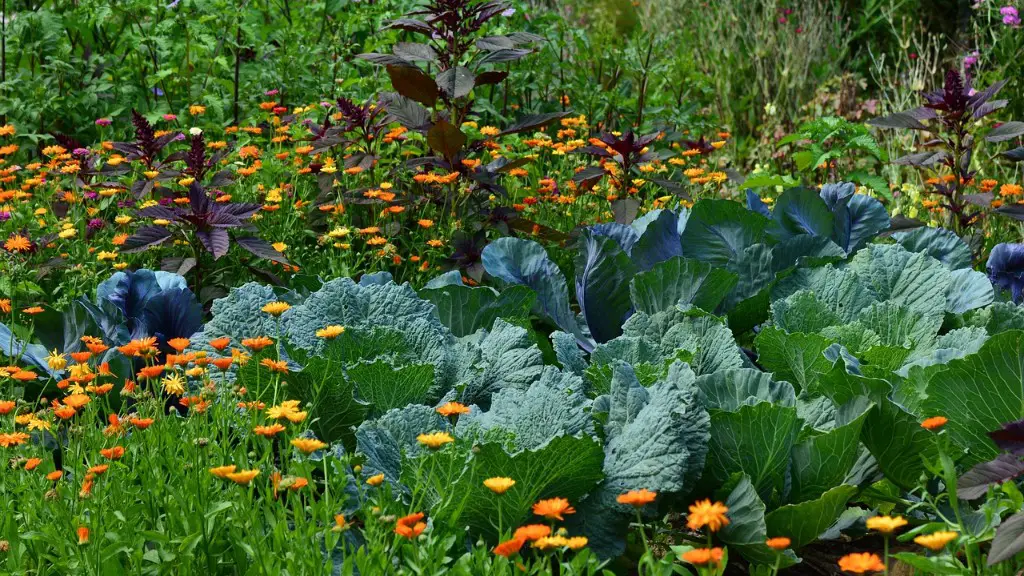As the world temperatures continue to rise, the agricultural industry is likely to be greatly affected. With even a slight increase in temperature, the amounts of precipitation and evaporation change, which can lead to droughts or flooding. These changes can disrupt the growth cycles of crops and lead to lower yields. Additionally, higher temperatures can cause heat stress in livestock, reducing their productivity. Climate change is also likely to cause the spread of pests and diseases to new areas, as well as changes in the growth and quality of crops. All of these factors together are likely to lead to less food production and higher prices for agricultural products.
As temperatures continue to rise, droughts will become more common and intense, making it harder for crops to survive. Additionally, heat waves will damage crops and make it difficult for them to produce food. These effects will likely lead to decreased crop yields, which will in turn lead to higher food prices.
How does increase in temperature affect agriculture?
Climate change is a huge problem for agricultural producers. Changes in ozone, greenhouse gases and climate change can all affect agriculture and fisheries. Temperature changes can cause habitat ranges and crop planting dates to shift, and droughts and floods due to climate change may hinder farming practices. It’s important to be aware of these issues and to try to mitigate them as much as possible.
Climate change is already affecting crop production in many parts of the world, and is expected to have increasingly negative impacts in the future. Rising global temperatures are linked with changes in rainfall patterns, and the frequency and duration of heat waves and droughts, which can affect crop health and productivity. Higher temperatures also affect the length of growing seasons and accelerate crop maturity. All of these factors can lead to reduced crop yields and quality. Climate change thus presents a major challenge to food security and the livelihoods of farmers and other people who depend on agriculture.
What are some examples of climate change affecting agriculture
Climate change is already having an impact on agriculture in the United States. Floods are becoming more common in agricultural regions, while droughts are affecting crop and livestock viability. New pests, pathogens, and weed problems are also emerging. Farmers will need to adapt their practices to cope with these changing conditions.
Climate change has the potential to disrupt food availability, reduce access to food, and affect food quality. For example, projected increases in temperatures, changes in precipitation patterns, changes in extreme weather events, and reductions in water availability may all result in reduced agricultural productivity. This could lead to increases in food prices and shortages of certain food items. In addition, climate change could also affect food quality by altering the nutrient content of crops and causing foodborne illnesses to become more common.
How does climate change affect agricultural products?
Climate change is expected to increase the frequency of heavy precipitation in the United States, which can harm crops by eroding soil and depleting soil nutrients. Heavy rains can also increase agricultural runoff into oceans, lakes, and streams. This runoff can harm water quality.
It is important to note that while higher nighttime temperatures may increase respiration, most crops can still tolerate higher daytime temperatures during vegetative growth. This is due to the fact that photosynthesis reaches an optimum at between 20°C and 30°C. However, it is still important to be aware of the potential effects of higher nighttime temperatures on crop yield and reproduction.
How does climate change affect agriculture and water?
As temperatures rise, the demand for water for evapotranspiration by crops and natural vegetation will also increase. This will lead to a more rapid depletion of soil moisture, which combined with changes in rainfall patterns, may lead to more frequent crop failures.
Soil temperature is an essential factor in farming because it determines whether plants can thrive in the environment. Soil temperature importance at the very beginning of crop development also determines the time for sowing and planting. If the soil is too cold, the roots will not be able to grow properly and the plant will not be able to take up the necessary nutrients. The ideal soil temperature for most plants is between 15-20 degrees Celsius.
What are the major effects of high temperature on plants
Heat stress induces changes in respiration and photosynthesis and thus leads to a shortened life cycle and diminished plant productivity. The early effects of thermal stress comprise of structural alterations in chloroplast protein complexes and reduced activity of enzymes. Thermal stress can lead to the denaturation of enzymes and other proteins, and the inactivation of enzymes has been implicated in the reduced activity of several metabolic processes (Ahmad et al, 2010). This can lead to a decrease in the overall rate of photosynthesis and respiration, and a decrease in the yield of crops. In order to combat the effects of heat stress, farmers can use irrigation and other methods to cool the environment around the plants.
Extreme heat stress can have a significant impact on plant productivity and yield. In the presence of adequate soil moisture, extreme heat stress can cause a reduction in plant stomatal conductance, which reduces plant transpiration rate. This can lead to reductions in plant productivity and yield.
Does climate change destroy agriculture?
Climate change is expected to have a range of impacts on agricultural production in New South Wales. Changes in temperature and rainfall patterns may make some areas more or less suitable for farming, and new pests and diseases may become a problem. Farmers will need to adapt their practices to deal with these changes.
The heat-shock response is a molecular pathway that is activated in order to help plants survive short periods of heat stress. This response helps to protect cells from proteotoxic stress, which can damage proteins. By activating this pathway, plants are able to better withstand periods of high temperatures and avoid damage to their cells.
How does high temperature affect plants and animals
Habitat loss is a huge problem that rising temperatures are making worse. Animals are losing their homes and their food sources, and many are dying as a result. We need to do something to stop this loss of habitat, before even more animals are affected.
Rising temperatures are one of the main drivers of ecosystem change. As temperatures rise, habitats shift either northward or southward, earlier or later in the season. These changes can have profound effects on the plants and animals that live in these ecosystems.
What are 3 plants responses against high temperature?
Morphological damage observed in vascular plants in response to heat stress include leaf and branch burn, foliar senescence and abscission, inhibition of shoot and root growth, discoloration and fruit damage. These changes can lead to a decrease in the photosynthetic capacity of the leaves, and ultimately, a decrease in the plant’s ability to produce and store energy. In some cases, heat stress can also cause the plant to release toxins that can be harmful to both humans and animals.
With the warmer temperatures lasting much longer now, our plants have a longer growing season and more time to photosynthesize. This enhanced forest growth can help with carbon sequestration, as the plants are able to store more carbon. However, we need to be aware that plant respiration also increases with the rising temperatures, so we need to monitor the effects closely.
What are the consequences of rising temperatures on plants and animals used for agriculture
Reduced grain and forage quality can reduce the ability of pasture and rangeland to support grazing livestock. More extreme temperature and precipitation can prevent crops from growing. Extreme events, especially floods and droughts can harm crops and reduce yields. All of these impacts have downstream effects on the food security of nations and the livelihoods of producers and other agricultural stakeholders.
The projected warming could greatly increase the rate of species extinctions, especially in sensitive regions. The main reason for this is that the warmer temperatures will cause the ice caps to melt, which will raise the sea level. This will lead to the flooding of many coastal areas, which will displace many species of animals and plants. Additionally, the warmer temperatures will also lead to changes in precipitation patterns, which could cause droughts in many regions. These changes will make it difficult for many species to adapt, and they will likely go extinct.
Final Words
It is likely that increasing temperatures will have a negative impact on agriculture. One reason for this is that increased temperatures can lead to drought conditions, which can reduce crop yields. Additionally, higher temperatures can also lead to increased pests and diseases, which can further damage crops.
The world is expected to warm by 1.5 degrees Celsius by the end of the century. This may not seem like much, but it could have a big impact on global agriculture. Farmers will have to contend with more extreme weather conditions, including more frequent and more intense heat waves, droughts, and floods. All of these factors will make it more difficult to produce food for a growing population. Climate change is likely to have a major impact on agriculture in the coming years, and farmers will need to adapt their practices to cope with the new conditions.
